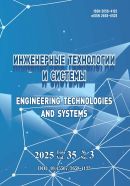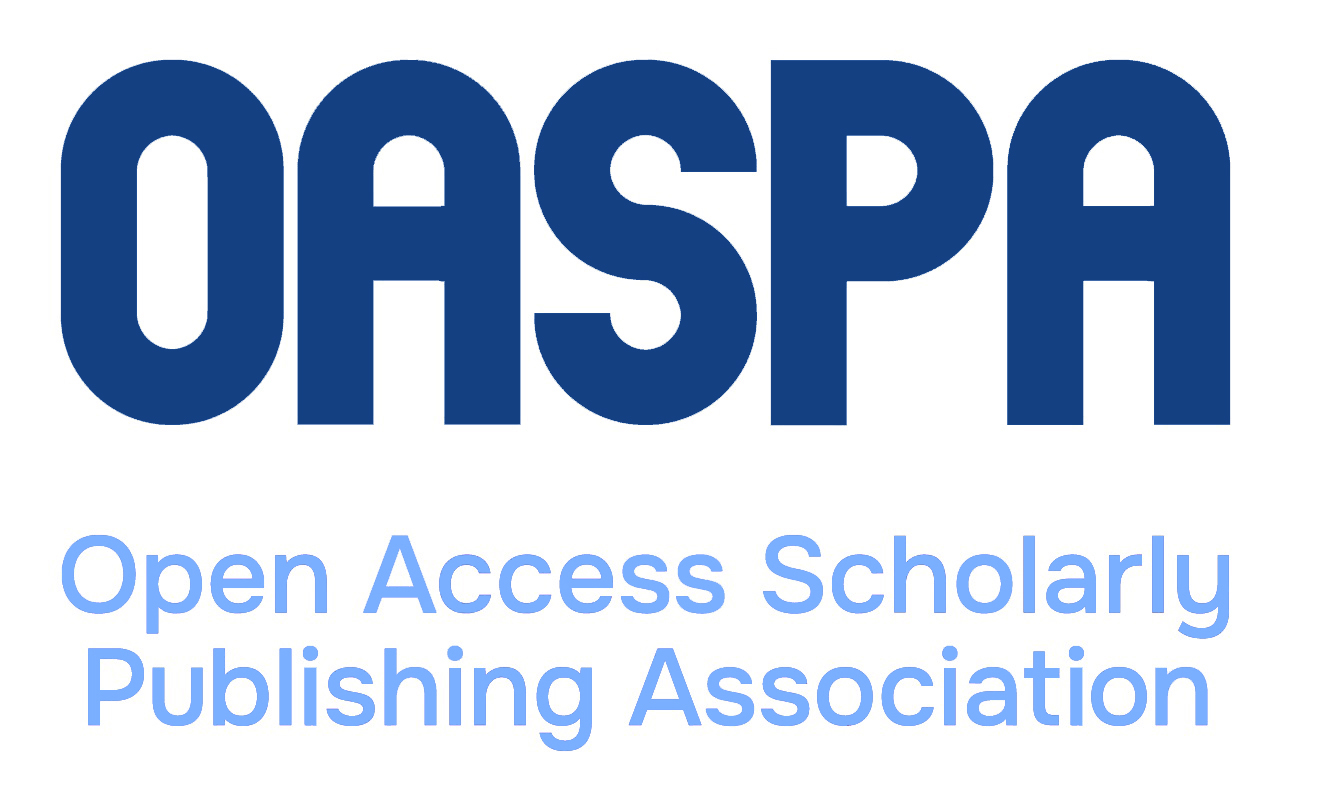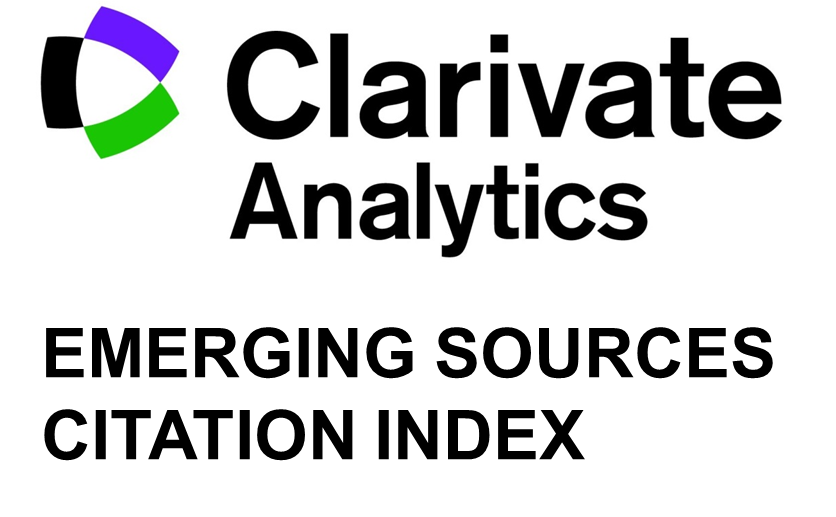DOI: 10.15507/2658-4123.035.202503.465-488
Study of Greenhouse Gas Emission from Young Cattle Manure Processing
Aleksandr Yu. Briukhanov
Dr.Sci. (Eng.), Corresponding Member of Russian Academy of Sciences, Director, Institute for Engineering and Environmental Problems in Agricultural Production (IEEP) – branch of Federal Scientific Agroengineering Center VIM (3 Filtrovskoje Shosse, Tiarlevo, St. Petersburg 196634, Russian Federation), ORCID: https://orcid.org/0000-0003-4963-3821, Researcher ID: B-7550-2018, This email address is being protected from spambots. You need JavaScript enabled to view it.
Eduard V. Vasilev
Cand.Sci. (Eng.), Leading Researcher of the Department of Analysis and Forecasting of Environmental Sustainability of Agroecosystems, Institute for Engineering and Environmental Problems in Agricultural Production (IEEP) – branch of Federal Scientific Agroengineering Center VIM (3 Filtrovskoje Shosse, Tiarlevo, St. Petersburg 196634, Russian Federation), ORCID: https://orcid.org/0000-0002-5910-5793, Researcher ID: C-1304-2018, This email address is being protected from spambots. You need JavaScript enabled to view it.
Valentin I. Bazykin
Researcher of the Department of Analysis and Forecasting of Environmental Sustainability of Agroecosystems, Institute for Engineering and Environmental Problems in Agricultural Production (IEEP) – branch of Federal Scientific Agroengineering Center VIM (3 Filtrovskoje Shosse, Tiarlevo, St. Petersburg 196634, Russian Federation), ORCID: https://orcid.org/0000-0001-6417-6433, Researcher ID: P-4694-2015, This email address is being protected from spambots. You need JavaScript enabled to view it.
Ekaterina V. Shalavina
Cand.Sci. (Eng.), Senior Researcher of the Department of Analysis and Forecasting of Environmental Sustainability of Agroecosystems, Institute for Engineering and Environmental Problems in Agricultural Production (IEEP) – branch of Federal Scientific Agroengineering Center VIM (3 Filtrovskoje Shosse, Tiarlevo, St. Petersburg 196634, Russian Federation), ORCID: https://orcid.org/0000-0002-7345-1510, Researcher ID: C-1980-2018, This email address is being protected from spambots. You need JavaScript enabled to view it.
Abstract
Introduction. Present calculations of greenhouse gas emissions follow IPCC estimates, which use the aggregated calculation methods and do not reflect the country-specific details, so they do not give a true picture of the current situation in agriculture. Assessment depends on calculation accuracy, improvable through taking into account Russia-specific technologies and on actual measurements during manure processing.
Aim of the Study. The study is aimed at quantifying greenhouse gas emissions with an experimental setup that simulates real conditions of processing young cattle bedding manure by composting.
Materials and Methods. For the study there was used a validated experimental setup with a sealed ventilated chamber. The setup simulated the technology for composting young cattle bedding manure in terms of its natural heating and measured concentrations of climate-active substances. The study had three repetitions across four temperature modes. The study included the preparatory stage (chemical analysis, weighing and loading of manure); main stage (simulation of processing conditions and monitoring of pollutant concentrations); and final stage (manure unloading and weighing). The study measured the gas content with the use of the four-channel gas analyzer ELAN Plus. The study analyzed the experimental data via Microsoft Excel. Statistical significance was evaluated using Student's t-test.
Results. The concentrations of ammonia, hydrogen sulfide, methane and carbon dioxide in young cattle manure emissions were determined with the use of four temperature modes. Mean concentrations are within standard deviation intervals confirming statistical reliability.
Discussion and Conclusion. The analytical literature review was used to choose the optimal configuration of an experimental setup. Measured gas concentrations showed statistical correlation with comparable published researches. Future work requires developing a computational model, which takes into account diverse technologies for handling manure and makes possible the conversion of greenhouse gas concentrations to specific emission factors.
Keywords: greenhouse gases, concentration, measuring, ammonia, livestock farming, manure processing
Acknowledgments: The authors express sincere thanks to anonymous reviewers for their valuable help in improving the manuscript and the colleagues from Yu. A. Izrael Institute of Global Climate and Ecology for advising.
Conflict of interest: The authors declare that there is no conflict of interest.
For citation: Briukhanov A.Yu., Vasilev E.V., Bazykin V.I., Shalavina E.V. Study of Greenhouse Gas Emission from Young Cattle Manure Processing. Enginee ring Technologies and Systems. 2025;35(3):465–488. https://doi.org/10.15507/2658-4123.035.202503.465-488
Authors contribution:
A. Yu. Briukhanov – oversight and leadership responsibility for planning and conducting the study, including mentorship external to the core team.
E.V. Vasilev – formulating the study ideas, aims and objectives; developing the study methodology.
V. I. Bazykin – conducting the study, specifically performing the experiments or collecting data.
E. V. Shalavina – conducting the study, specifically performing the experiments, or collecting data; preparing and presenting the manuscript, specifically visualizing the study results and the obtained data.
All authors have read and approved the final manuscript.
Submitted 07.02.2025;
revised 25.02.2025;
accepted 06.03.2025
REFERENCES
- Pilip L.V. Method of Air Cleaning from Odor-Forming Substances Originating From Pig Complexes. Tekhnologii i Tekhnicheskie Sredstva Mekhanizirovannogo Proizvodstva Produkcii Rastenievodstva i Zhivotnovodstva. 2019;(4):137–146. (In Russ., abstract in Eng.) https://doi.org/0.24411/0131-5226-2019-10221
- Dzhabborov N.I., Mishanov A.P., Dobrinov A.V. Forecasting of Greenhouse Gas Emissions in Crop Production Depending on Applied Technology Level. AgroEcoEngineering. 2024;(1):70–82 (In Russ., abstract in Eng.) https://doi.org/10.24412/2713-2641-2024-1118-70-82
- Vtoryi V.F., Vtoryi S.V. Effect of Manure Removal System on Ammonia Concentration in Loose Housing Barns. AgroEcoEngineering. 2024;(2):104–117. (In Russ., abstract in Eng.) https://doi.org/10.24412/2713-2641-2024-2119-104-116
- Bryukhanov A.Yu., Vasilev E.V., Shalavina E.V., Uvarov R.A., Subbotin I.A. Method of Environmental Problem Solution in Manure Management. Molochnokhozyaistvenny Vestnik. 2017;(3):84–96. (In Russ., abstract in Eng.) https://elibrary.ru/zmnsxd
- Vasilev E.V., Shalavina E.V. Change in Nitrogen and Phosphorus Content During Biological Treatment of Liquid Fraction of Pig Manure. Tekhnologii i Tekhnicheskie Sredstva Mekhanizirovannogo Proizvodstva Produkcii Rastenievodstva i Zhivotnovodstva. 2014;(85):146–150. (In Russ., abstract in Eng.) https://elibrary.ru/sydqqr
- Kaharabata S.K., Schuepp P.H., Desjardins R.L. Methane Emissions from Above Ground Open Manure Slurry Tanks. Global Biogeochemical Cycles. 1998;12(3):545–554. https://doi.org/10.1029/98GB01866
- Sommer S.G., Petersen S.O., Søgaard H.T. Greenhouse Gas Emission from Stored Livestock Slurry. Journal of Environmental Quality. 2000;29(3):744–751. https://doi.org/10.2134/jeq2000.00472425002900030009x
- Hellebrand H.J., Kalk W.-D. Emission of Methane, Nitrous Oxide, and Ammonia from Dung Windrows. Nutrient Cycling in Agroecosystems. 2001;60:83–87. https://doi.org/10.1023/A:1012662823291
- Berg W., Brunsch R., Pazsiczki I. Greenhouse Gas Emissions from Covered Slurry Compared with Uncovered During Storage. Agriculture, Ecosystems & Environment. 2006;112(2–3):129–134. https://doi.org/10.1016/j.agee.2005.08.031
- Hudson N.A., Ayoko G.A., Dunlop M.W., Duperouzel D., Burrell D., Bell K., et al. Comparison of Odour Emission Rates Measured from Various Sources Using Two Sampling Devices. Bioresource Technology. 2009;100(1):118–124. https://doi.org/10.1016/j.biortech.2008.05.043
- Zhu H., Dong Heming, Zuo F., Yuan F., Rao J. Effect of Covering on Greenhouse Gas Emissions from Beef Cattle Solid Manure Stored at Different Stack Heights. Transactions of the Chinese Society of Agricultural Engineering. 2014;30:225–231. Available at: https://www.ingentaconnect.com/content/tcsae/tcsae/2014/00000030/00000024/ art00027;jsessionid=1krm4xm5vumnl.x-ic-live-03 (accessed 01.06.2025).
- Trabue S.L., Kerr B.J., Bearson B.L., Hur M., Parkin T., Wurtele E.S., et al. Microbial Community and Chemical Characteristics of Swine Manure During Maturation. Journal of Environmental Quality. 2016;45(4):1144–1152. https://doi.org/10.2134/jeq2015.09.0446
- Powers W., Capelari M. Analytical Methods for Quantifying Greenhouse Gas Flux in Animal Production Systems. Journal of Animal Science. 2016;94(8):3139–3146. https://doi.org/10.2527/jas.2015-0017
- Holly M.A., Larson R.A., Powell J.M., Ruark M.D., Aguirre-Villegas H. Greenhouse Gas and Ammonia Emissions from Digested and Separated Dairy Manure During Storage and after Land Application. Agriculture, Ecosystems & Environment. 2017;239:410–419. https://doi.org/10.1016/j.agee.2017.02.007
- Vorobel M., Klym O., Kaplinskyi V., Ivan L., Grabovskyi S., Taras P., et al. Reduction of the Greenhouse Gas Emissions from the Pig Manure Using Inorganic Substances. Scientific Papers. Series D. Animal Science. 2023;(2):421–427. Available at: https://animalsciencejournal.usamv.ro/pdf/2023/issue_2/Art49.pdf (accessed 01.06.2025).
- Kerr B.J., Trabue S.L., Andersen D.S., Van Weelden M.B., Pepple L.M. Dietary Composition and Particle Size Effects on Swine Manure Characteristics and Gas Emissions. Journal of Environmental Quality. 2020;49(5):1384–1395. https://doi.org/10.1002/jeq2.20112
- Cattaneo M., Tayà C., Burgos L., Morey L., Noguerol J., Provolo G., et al. Assessing Ammonia and Greenhouse Gas Emissions from Livestock Manure Storage: Comparison of Measurements with Dynamic and Static Chambers. Sustainability. 2023;15(22):15987. https://doi.org/10.3390/su152215987
- Fakhreev N.N., Dyganova R.Ya. [Program Complex of Assessment of Organic Waste Storage Landfills in Poultry Farms]. Academic Bulletin ELPIT. 2019;4(1):49–56. (In Russ.) https://elibrary.ru/pbgbrj
- Posse G., Lewczuk N., Richter K., Hilbert J. Field Measurements of Agricultural Emissions. Bioenergy and Latin America: A Multi Country Perspective. 2015:53–60. Available at: https://www.researchgate.net/publication/304917594_Field_measurements_of_ agricultural_emissions (accessed 01.06.2025).
- Pumpanen J., Kolari P., Ilvesniemi H. Minkkinen K., Vesala T., Niinistöet S., et al. Comparison of Different Chamber Techniques for Measuring Soil CO2 Efflux. Agricultural and Forest Meteorology. 2004;123(3–4):159–176. https://doi.org/10.1016/j.agrformet.2003.12.001
- Rochette P. Towards a Standard Non-Steady-State Chamber Methodology for Measuring Soil N2O Emissions. Animal Feed Science and Technology. 2011;166–167:141–146. https://doi.org/10.1016/j.anifeedsci.2011.04.063
- Clough T.J., Rochette P., Thomas S.M., Pihlatie M., Christiansen J.R., Thorman R.E. Global Research Alliance N2O Chamber Methodology Guidelines: Design Considerations. Journal of Environmental Quality. 2020;49(5):1081–1091. https://doi.org/10.1002/jeq2.20117
- Fiedler J., Fuß R., Glatzel S. Hagemann U. Huth V., Jordan S., et al. Measurement of Carbon Dioxide, Methane and Nitrous Oxide Fluxes between Soil-Vegetation-Systems and the Atmosphere Using Non-Steady State Chambers. Best Practice Guideline. 2022. 70 p. https://doi.org/10.23689/fidgeo-5422
- Shakhmatov K.L., Orlov T.V., Suvorov G.G., Cherednichenko O.V., Fyrsa Yu.V., Mochenov S.Yu., et al. Approbation of Methods for Area Assessment of Greenhouse Gas Emissions on Drained Peatlands in the North West of Russia Using the Gest Approach on the Example of the Dedovo Pole Peatland. Trudy Instorfa. 2023;(28):10–20. (In Russ., abstract in Eng.) https://elibrary.ru/hkerql
- Kazantsev, V.S., Krivenok, L.A., Cherbunina, M.Y., Kotov, P.I. Greenhouse Gas Emissions from Natural Ecosystems of the Norilsk Industrial District. Arctic and Antarctica. 2023;(4):19–41. (In Russ., abstract in Eng.)https://doi.org/10.7256/2453-8922.2023.4.69058

This work is licensed under a Creative Commons Attribution 4.0 License.

















